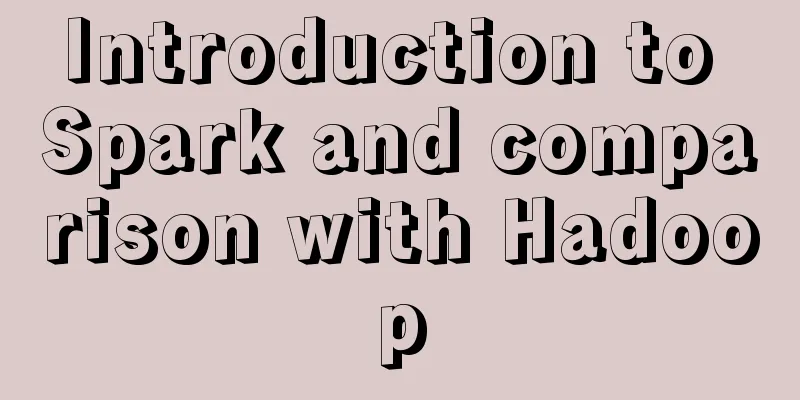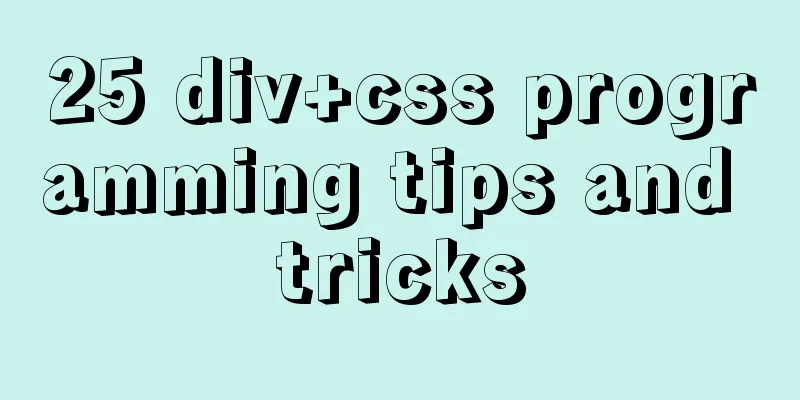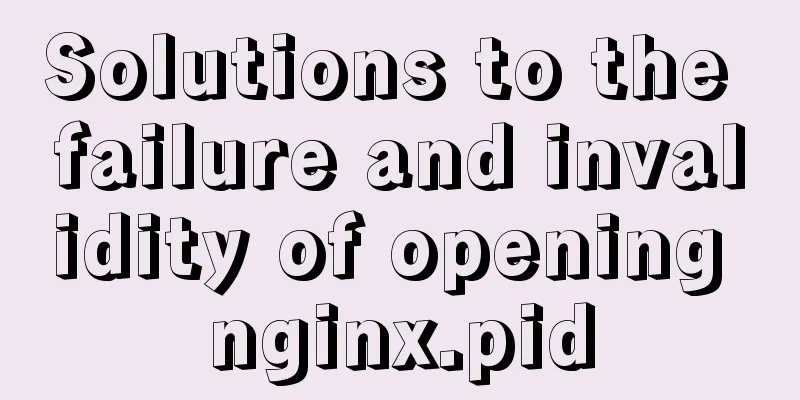Introduction to Spark and comparison with Hadoop

1. Spark vs. Hadoop1.1 Disadvantages of Haoop
1.2 Advantages over Hadoop MR
2. Spark Ecosystem2.1 Three Types of Big Data Processing 1. Complex batch data processingThe time span is from tens of minutes to several hours Haoop MapReduce 2. Interactive query based on historical dataThe time span is from tens of seconds to several minutes The real-time performance of Cloudera and Impala is better than that of Hive. 3. Data processing based on real-time data streamThe time span is from hundreds of milliseconds to several seconds Storm 2.2 BDAS Architecture
2.3 Spark Ecosystem
3. Basic concepts and architecture design3.1 Basic Concepts
3.2 Operational Architecture
Advantages of Spark using Executor: (Compared to Hadoop's MR)
3.3 Relationships between various concepts
When executing an Application, the Driver will request resources from the cluster manager and start the Executor. And send the application code and files to the Executor, and then execute the Task on the Executor. After the run is completed, The execution results will be returned to the Driver or written to HDFS or other databases. 4. Spark runs the basic process4.1 Operation Process
1. Build a basic operating environment for the application. That is, the Driver creates a SparkContext to apply for resources, allocate tasks, and monitor them. 2. The Resource Manager allocates resources to the Executor and starts the Executor process.
4. The Task runs on the Executor and feeds back the execution results to the TaskScheduler, and then to the DAGScheduler. After the execution is completed, the data is written and all resources are released. 4.2 Operational Architecture Features1. Each Application has its own Executor process, and the process remains resident while the Application is running. The Executor process runs Task in a multi-threaded manner. 2. The Spark running process has nothing to do with the resource manager, as long as it can obtain the Executor process and maintain communication. 3. Task uses optimization mechanisms such as data locality and speculative execution. (Computation moves closer to data.) 5. Spark deployment and application methods5.1 Three deployment methods of Spark5.1.1 StandaloneSimilar to MR1.0, slot is the resource allocation unit, but the performance is not good. 5.1.2 Spark on MesosMesos and Spark have a certain affinity. 5.1.3 Spark on YARNThe connection between Mesos and Yarn
5.2 From Hadoop+Storm Architecture to Spark ArchitectureHadoop+Storm architectureThis deployment method is more complicated.
Using Spark architecture to meet batch and stream processing needs
Spark uses fast small batch computing to simulate stream computing, but it is not real stream computing. It is impossible to achieve millisecond-level stream computing. For enterprise applications that require millisecond-level real-time response, stream computing frameworks such as Storm are still needed. Advantages of Spark architecture:
5.3 Unified Deployment of Hadoop and Spark
Different computing frameworks run uniformly in YARNThe benefits are as follows:
status quo: 1. Spark cannot currently replace the functions implemented by some components in the Hadoop ecosystem. 2. It costs a certain amount of money to completely migrate existing applications developed with Hadoop components to Spark. This is the end of this article about Spark introduction and comparison analysis with Hadoop. For more relevant Spark and Hadoop content, please search 123WORDPRESS.COM’s previous articles or continue to browse the following related articles. I hope everyone will support 123WORDPRESS.COM in the future! You may also be interested in:
|
<<: CSS3 gradient background compatibility issues
>>: Using js to realize dynamic background
Recommend
Enter two numbers in html to realize addition, subtraction, multiplication and division functions
1. parseFloat() function Make a simple calculator...
Detailed explanation of how to solve the problem that the docker container cannot access the host machine through IP
Origin of the problem When using docker, I unfort...
How to display percentage and the first few percent in MySQL
Table of contents Require Implementation Code dat...
Linux five-step build kernel tree
Table of contents 0. The kernel tree that comes w...
MySQL 5.6.27 Installation Tutorial under Linux
This article shares the installation tutorial of ...
Implementing simple tabs with js
Tab selection cards are used very frequently on r...
JavaScript imitates the complete page implementation process of Xiaomi Mall official website
Table of contents 1. Home Page Production 1. Prod...
Vue scaffolding learning project creation method
1. What is scaffolding? 1. Vue CLI Vue CLI is a c...
Detailed explanation of the application of meta tags in mobile platform development
Everyone is familiar with the meta tag in desktop...
How to use Lottie animation in React Native project
Lottie is an open source animation library for iO...
JS implements the rock-paper-scissors game
This article example shares the specific code of ...
Detailed explanation of JS ES6 coding standards
Table of contents 1. Block scope 1.1. let replace...
Example code for implementing the wavy water ball effect using CSS
Today I learned a new CSS special effect, the wav...
Use vue2+elementui for hover prompts
Vue2+elementui's hover prompts are divided in...
Understand the principles and applications of JSONP in one article
Table of contents What is JSONP JSONP Principle J...




















